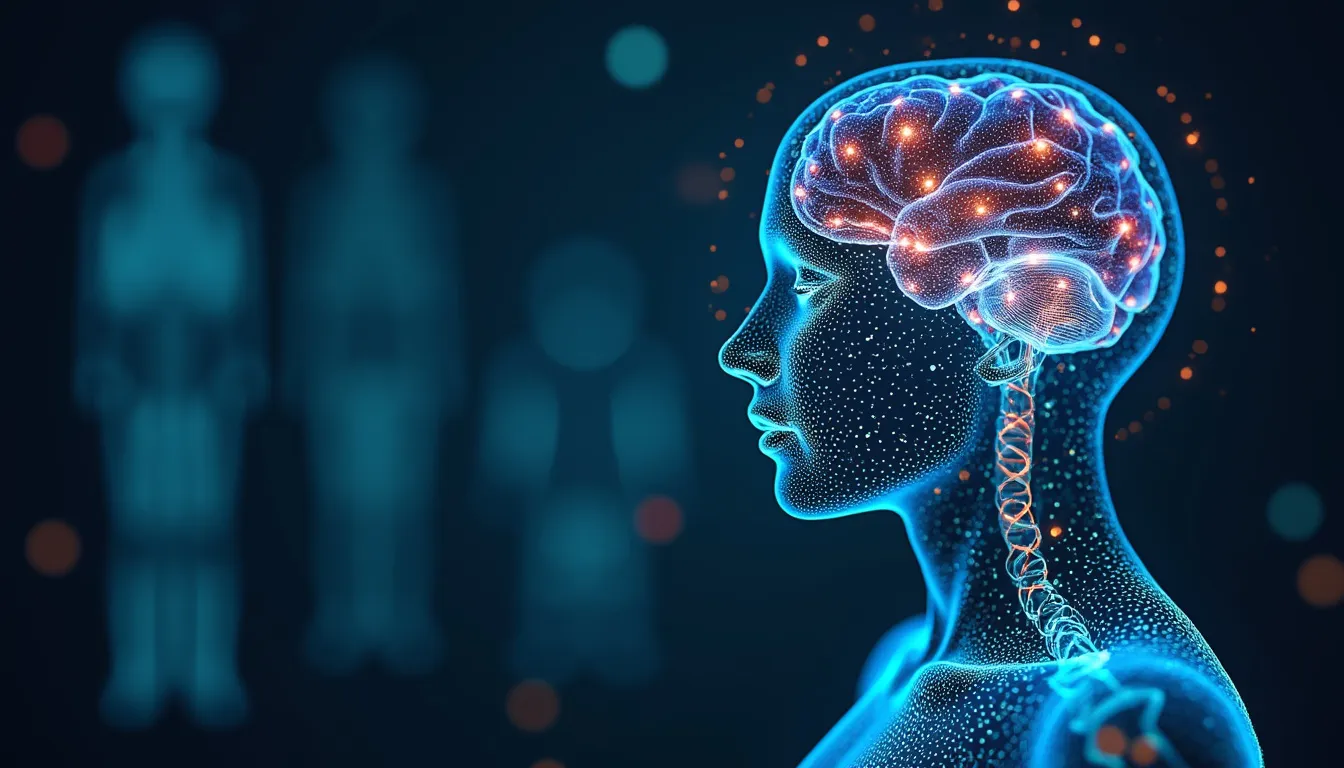Developments in AI Corpora and Models
The sheer scale of corpora used to train AI models has become a key factor in their performance. For example, Google’s PaLM leverages a vast corpus consisting of over 780 billion tokens. This abundance of data allows PaLM to enhance its language processing capabilities significantly, making it one of the most robust AI models available today.
In addition to mere volume, the quality and diversity of the training data are pivotal. These resources help ensure that the model can understand and generate text across a wide range of contexts and applications. The development of such sophisticated models underscores the importance of data in advancing AI technology.
Regulatory and Corporate Developments
In a significant move on the regulatory front, California Governor Gavin Newsom vetoed a bill aimed at regulating the AI industry. The proposed legislation sought to require stress testing of AI models, hold companies liable for AI-related harms, and establish a kill switch for rogue AI technologies. Newsom’s veto has spurred backlash from various quarters, including artists, lawmakers, and labor groups, who accuse him of prioritizing Silicon Valley’s interests.
Meanwhile, in the corporate sphere, Cerebras Systems, a prominent AI chip firm, has filed for an initial public offering (IPO) in the United States. This IPO represents a significant financial maneuver that could influence the competitive landscape of AI technology. The filing indicates Cerebras’s confidence in its innovations and market potential.
Breakthroughs in AI Healthcare Applications
Harvard Medical School researchers have made a substantial breakthrough with their AI tool, TxGNN, designed to identify potential treatments for over 17,000 rare and neglected diseases. This tool has been trained using vast datasets, including DNA information, cell signaling, gene activity levels, and clinical notes. TxGNN’s performance has been notably impressive, showcasing nearly 50% better accuracy in identifying treatment candidates and 35% greater precision in predicting contraindications compared to other leading models.
Additionally, the tool’s transparency in decision-making processes has enhanced physician confidence. TxGNN provides detailed explanations for its decisions, facilitating better understanding and trust among medical professionals. This development is a promising leap forward in the integration of AI within healthcare, potentially revolutionizing the treatment of rare diseases.
Global Impact and Future Directions
The U.S. Commerce Department has introduced a new rule that may ease the shipment of AI chips, such as those produced by Nvidia, to the Middle East. This regulatory change could significantly impact the global distribution of AI technology and drive broader advancements in the field. Easier access to these sophisticated chips might spur innovation and adoption across different regions, fostering a more globally integrated AI ecosystem.
Overall, the events and advancements outlined here illustrate the dynamic and rapidly evolving nature of the AI industry. From regulatory debates and corporate financial moves to groundbreaking healthcare applications and global distribution shifts, these developments collectively highlight the profound potential and diverse uses of AI technology in our world today.




